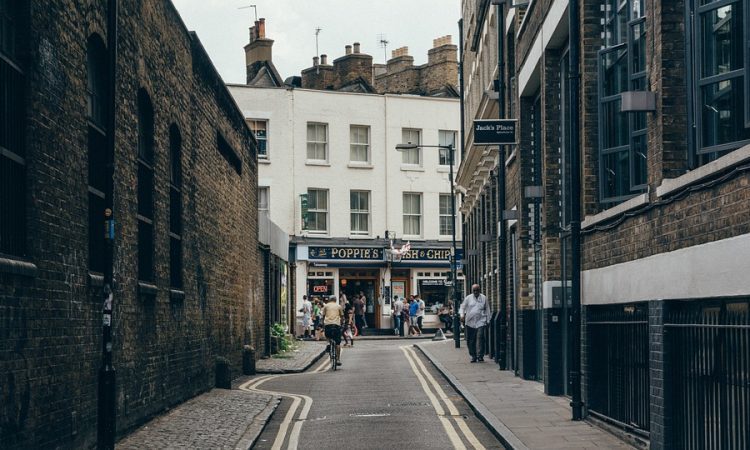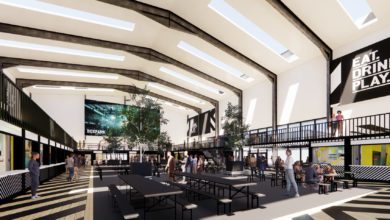Why are retail spaces shrinking across England and Wales?

Across the UK, retailers are struggling to survive. This is down to several factors: years of austerity and low wage growth has meant that households have less spending power, the cost of imported goods has risen – as has the national minimum wage – and the trend of “bricks to clicks” means more consumers are shopping online, from the convenience of their home, than in store.







